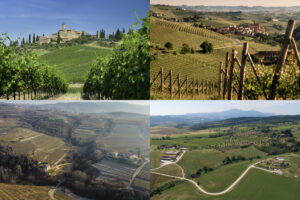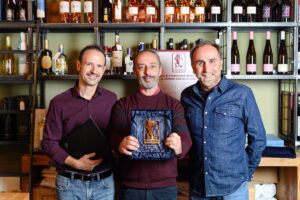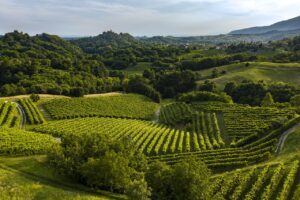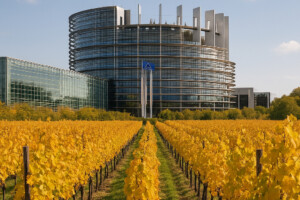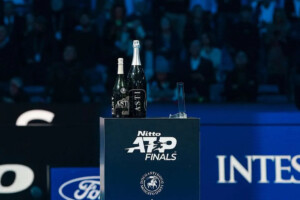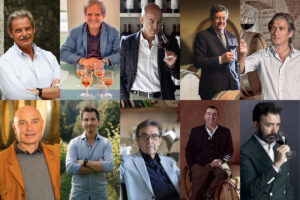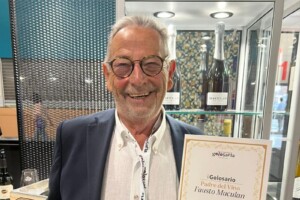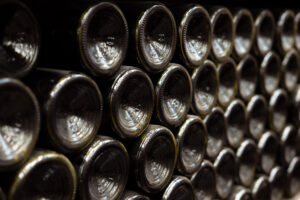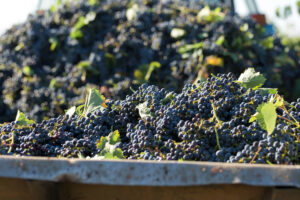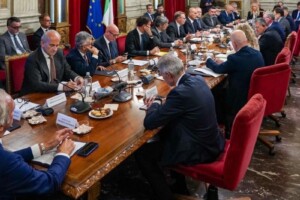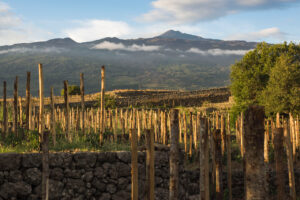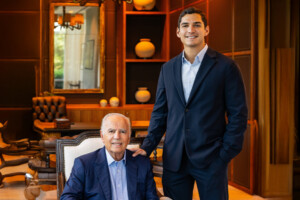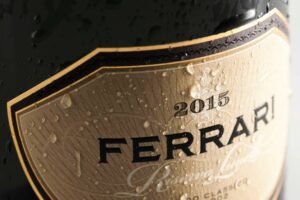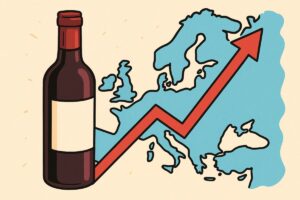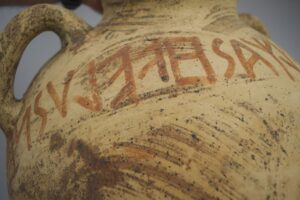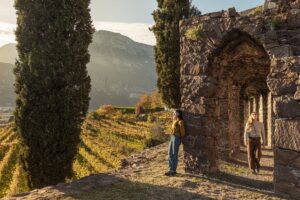To pronounce the address “Via Ghibellina 87, Florence” to a wine enthusiast is like giving the address to paradise. At this location, in fact, in the eighteenth-century Jacometti-Cioffi palace, is the entrance to the Enoteca Pinchiorri, one of the most famous and prestigious restaurants in the world (a Michelin 3-star), which also houses one of the most well supplied wine cellars, full of precious, sought after and rare wines from all over the planet: over 100,000 bottles that includes some tried and true pearls of the wine world, found nowhere else in the world. It is a collection that dates all the way back to 1861, the year of the oldest vintage on the list, a Chateau Lafite-Rothschild worth 35,000 euros.
WineNews had the opportunity recently to enter the wine cellar, tucked underneath the restaurant that Giorgio Pinchiorri and his wife Annie Feolde, who runs the kitchen, have been managing with indisputable success since the 1970’s, to reveal the secrets behind this story.
The beginnings of Enoteca Pinchiorri were a bet, which was absolutely a winner thanks to the foresight and pioneering spirit of Pinchiorri. In the 1970’s, in fact, Italian wine as we know it today did not exist. The names that signified quality and that were known abroad could be counted on one hand, but Giorgio Pinchiorri begun with tastings precisely of these high quality wines, anticipating by at least twenty years the transformation of Italian wine from a corner store product to a hedonistic cult object.
And around the antique rose tables of the restaurant, many of the world’s finest wines have been toasted by some of world’s celebrities: the Queen of Holland, Ex-Prime Minister of Japan Yasuhiro Nakasone, stylists Valentino and Armani, the entire Bush family, and journalist-writer Oriana Fallaci.
Welcoming us on our first visit at the door of the cellar is Alessandro Tomberli, the head Sommelier at Enoteca Pinchiorri: “It all began in the beginning of the 1970’s. This was the Enoteca Nazionale, and there were numerous members who tasted and sold only Italian wines. Giorgio Pinchiorri was one of these members, who, however, in the 70’s began to import French wines, primarily Burgundy, including some true gems that he himself went travelling after. Then the great Chateau Bordeaux arrived, and by the end of the decade, he began to accompany these wine tastings with food, appetizers, cold plates”.
From then on, this eno-gastronomic paradise began to grow: today the wine cellar includes about 130,000 bottles from over 19 countries worldwide, as well as over 4,000 references and numerous prizes and recognitions. Since 1984, and without interruption, it has won Wine Spectator’s “Grand Award”, the award, as explained on this important American magazine’s web site, that is assigned to restaurants that demonstrate a passion and devotion without compromise to the quality of their wine lists. Restaurants that regularly offer a selection of 1,500 or more labels, and distinguishable for their wide choice of the best producers, exceptional profoundness for older vintages, bottles in large format, and a superior organization and presentation when serving wine.
These are characteristics that Pinchiorri faithfully respects: “The cellar contains some unique gems” – continues Tomberli – like the ‘Caredas’, a case of 16 bottles of the 2000 vintage grouped into 4 châteaux Bordeaux (Petrus, Margaux, Latour, Haut-Brion), sold en-primeur in 1995, five years before the harvest, and done solely for this vintage.
Then, there is the collection of bottles La Tache 1985, Sassicaia and Tignanello, including the first bottle of 1971, that is, the first that it was ever produced”.
If one’s eyes are watering and the palate is already in ecstasy, there’s more: “there are bottles from Henry Jayer, who is one of the greatest producers from Burgundy, one of the top experts of Pinot Noir, and the cases that we had had made, with his permission, to have wood cases, which cannot be found, do not exist, because only we had them made”.
Among the shelves of the cellar, there are also different formats - double magnum, imperial, Mathuzalem, Salmanazar – of great French wines and more that Giorgio Pinchiorri has brought back to Florence from his travels or that arrived with direct import.
“We ask, at the moment we order, how we want the number of liters requested to be bottled, whether all in bottles or some in magnums.
Obviously, the bottles don’t increase, but the liters requested are subdivided into the different formats”.
The “we” that Tomberli is referring to includes some of the top names in winemaking: Mouton Rotschild, Lafite Rotschild, Romanee Conti, Chateau d’Yquem, Petrus.
When asked what his dream labels are, Tomberli responded: “The Richebourg of Henry Jayer, one of the best cru of Burgundy, vintage ‘78, a great year, and an impossible to find magnum. And, then, another rarity, a Chateau Lafite white from 1959, which, apart from the vintage, is very rare because the white Lafite was produced only in certain years, with Semillon and Sauvignon grapes: a wine that must be drunk at least once in a lifetime”.
All heavenly names most definitely, but to keep up these myths, in reality, there is meticulous work and perfect organization that must be conducted, fundamental for successfully running a restaurant like Pinchiorri.
In the second video by WineNews, Ivano Boso, the cellar director, shows us around: “We start with the ‘Cellar of the Day’, the area where the sommelier, daily, must quickly find the bottles requested by the client. Here, there is a bottle for every type of wine that we have, sometimes 2 or 3 according to the necessity, all ordered by type, region and vintage”.
”When the wines arrive” – continues Boso – “they are taken to the cellar and the bottles are controlled, sorted and laid out in cases, from which they are then taken to the ‘Cellar of the Day’. Daily, a sommelier must check that here nothing is missing from the references that we have on the list”.
The remaining bottles are set apart on open shelves in areas that are divided by region.
“From the Bordeaux to the Burgundy grand cru, and the ‘premier cru’, the ‘village’, they are all divided internally by type and vintage”.
But Italy still holds the majority of the space in the cellar. “In the Italian section, the boss is Tuscany” – the link to the region of origin is indisputably strong, explains Boso – “It starts with the Super Tuscans, then a lot of Brunello di Montalcino. Then there are the Piedmont wines, of which we have a large selection of the best producers, and then all of the other Italians”.
To maintain perfection, however, beyond the exact organization of the cellar, there are also precise technical conditions that are required. “We keep the cellar at a constant temperature, which is the most important thing. It varies from 12 to 15 degrees, depending on the section: where there are important whites and champagne we are around 12, where there are ageing reds, around 15”. As for humidity, “it is constant in the cellar and naturally good for the conservation of wines, it stays around 65 – 70%”.
Copyright © 2000/2025
Contatti: info@winenews.it
Seguici anche su Twitter: @WineNewsIt
Seguici anche su Facebook: @winenewsit
Questo articolo è tratto dall'archivio di WineNews - Tutti i diritti riservati - Copyright © 2000/2025










